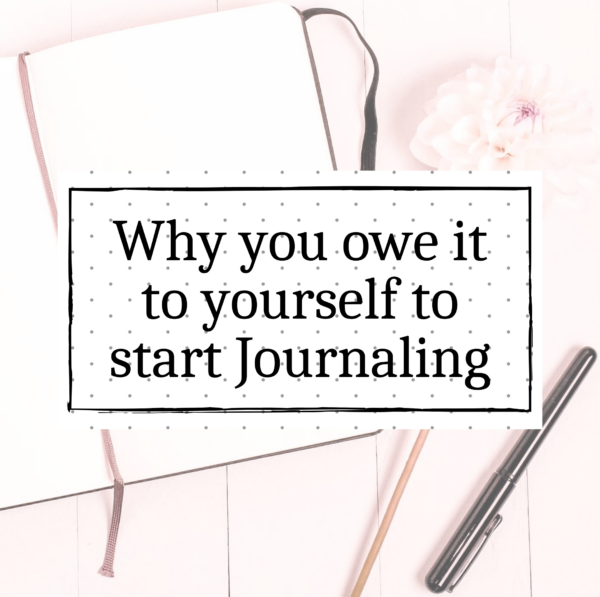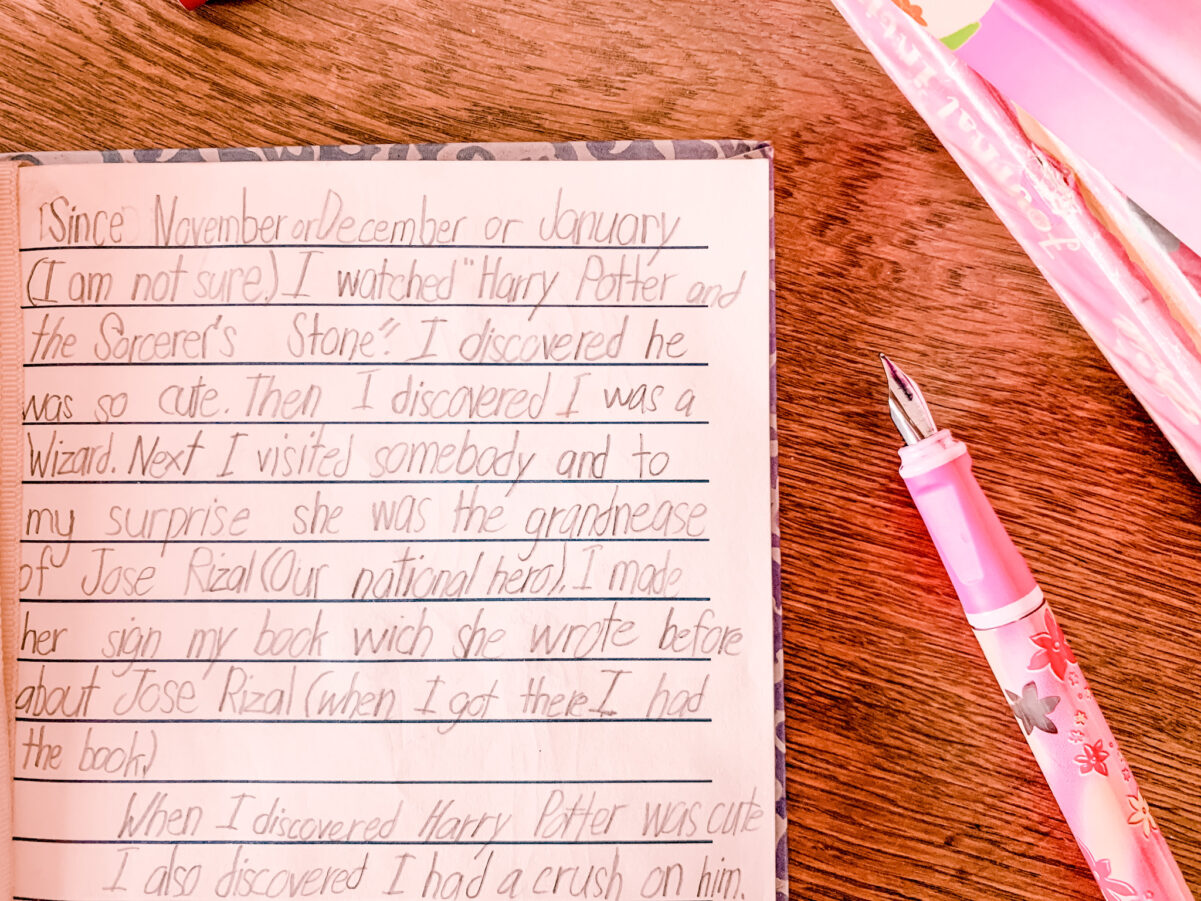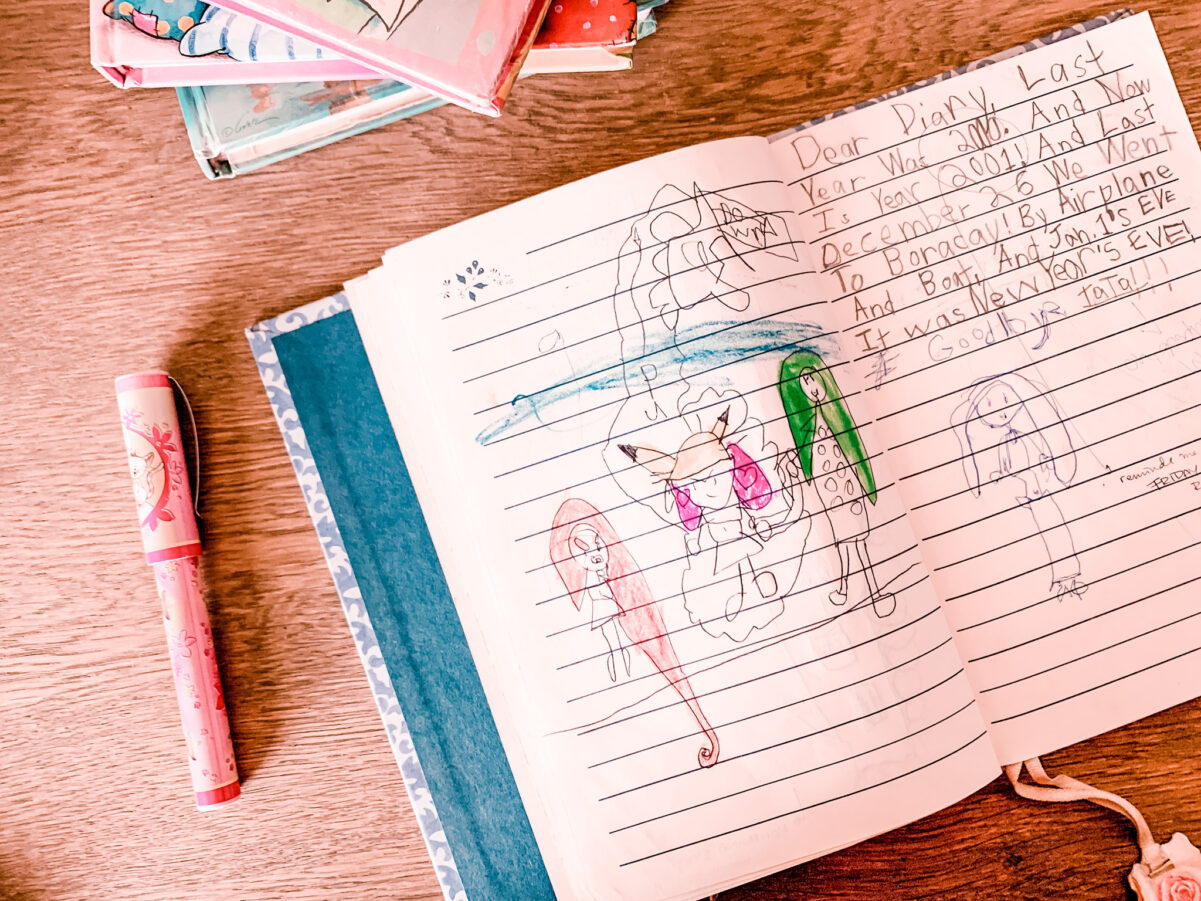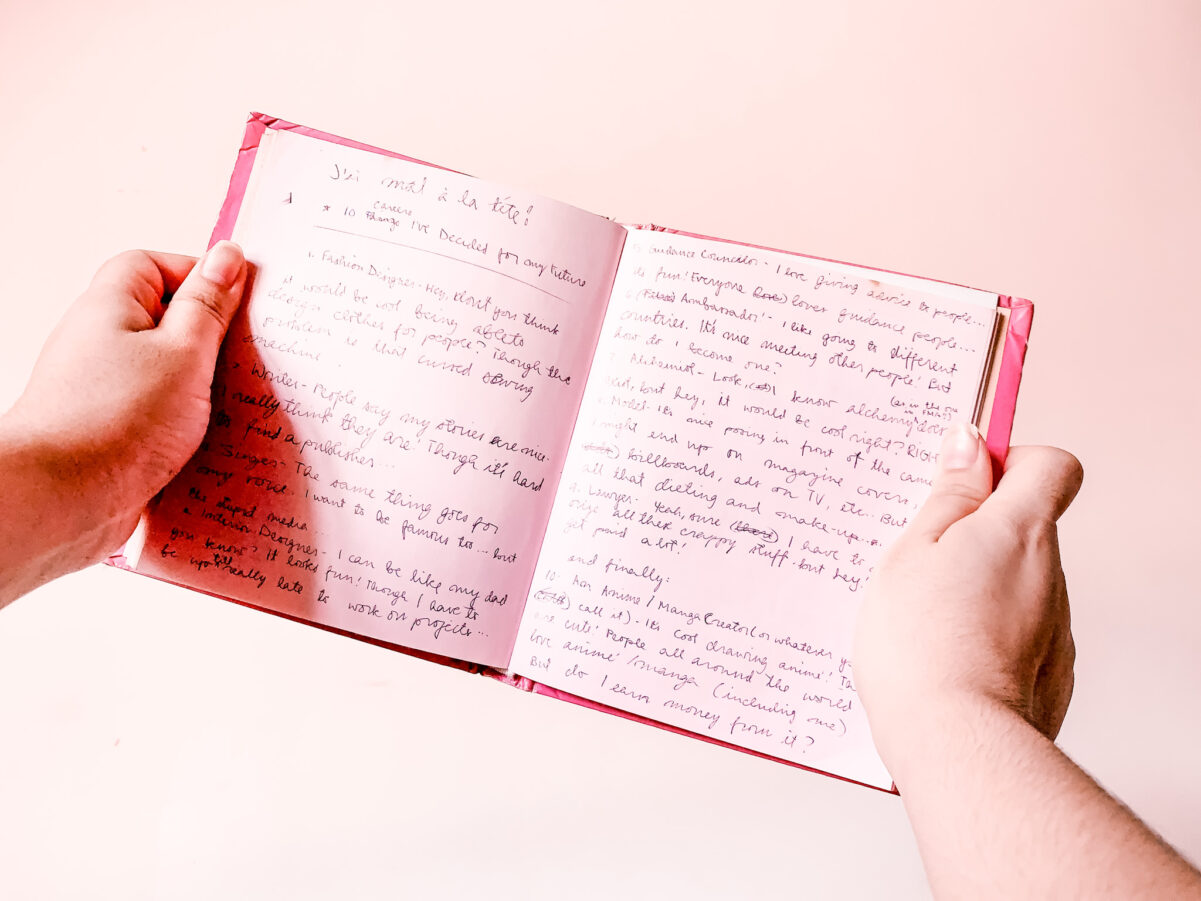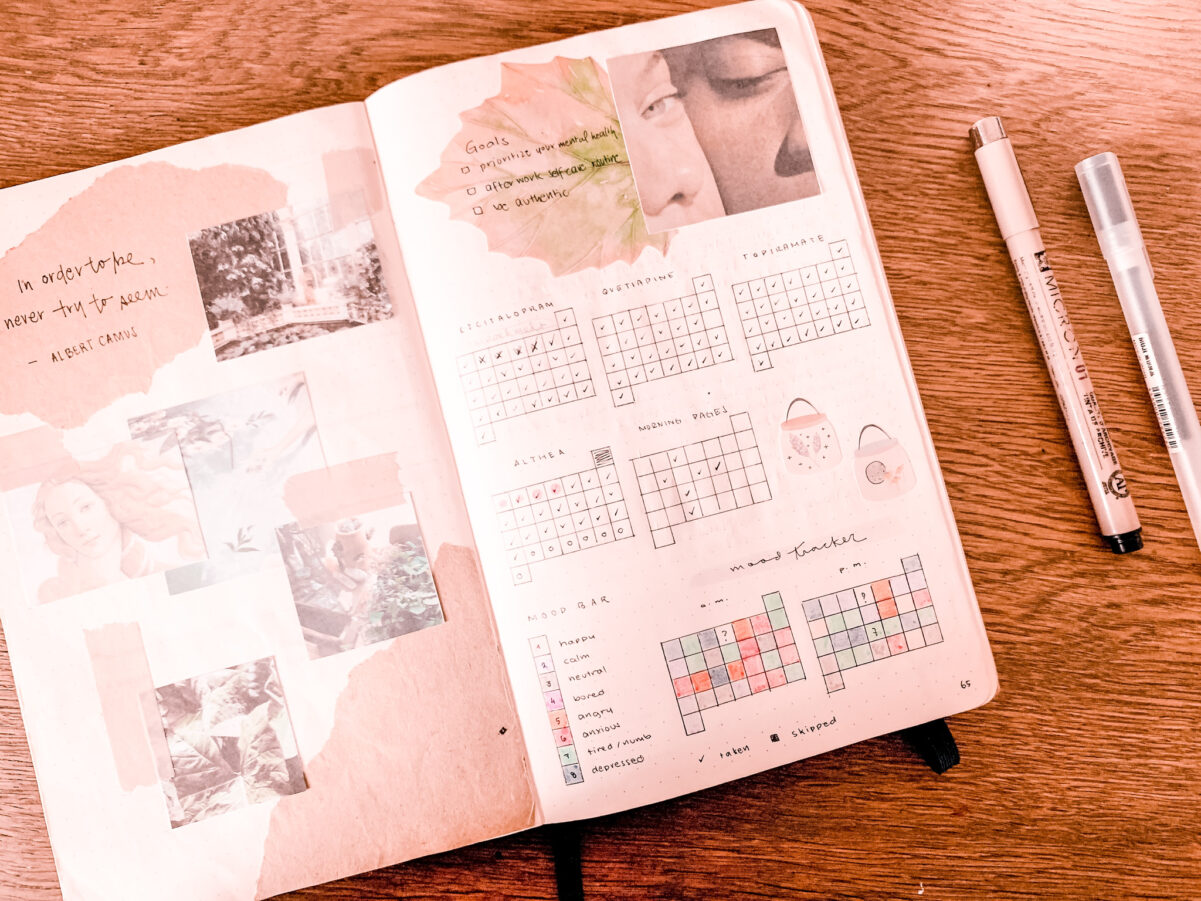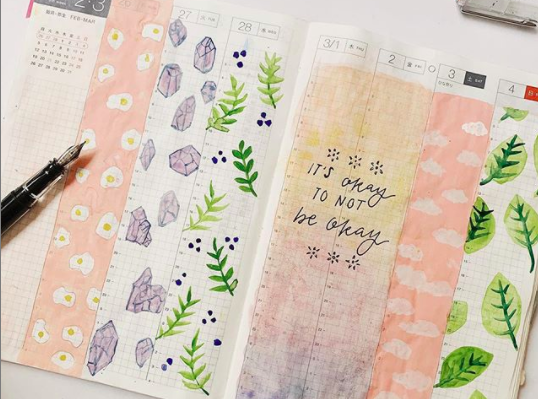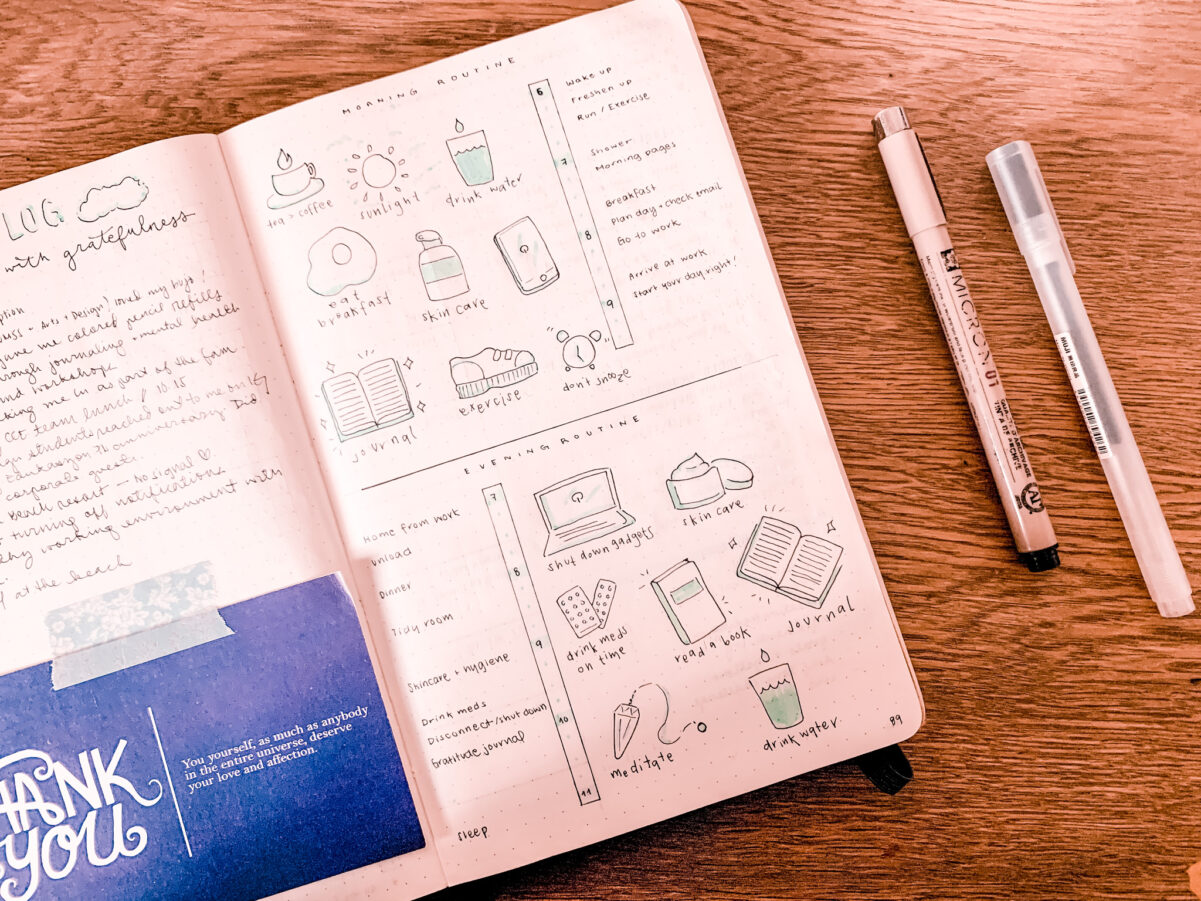By: Belle Mapa
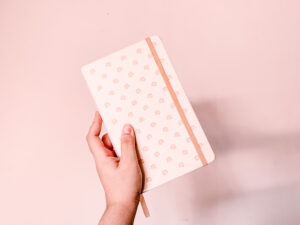
Sometimes I still wonder how I entrusted my whole life to a single notebook. But when I think of how much I’ve grown over the past five years, I really do owe it all to my journaling practice. There’s something special about the relationship between pen and paper.
Sometimes, creative shifts happen when you least expect it. You could be in the middle of a Netflix binge and hear a quote you just can’t let go of. Or while you’re sipping your morning coffee, a distant happy memory comes back and you just have to jot it down before it disappears. A journal helps you discover these unexpected moments with your true, inner voice.
A journal helps you create a safe space on the blank page. And that’s been my on-going motto as a creative coach ever since.
Keeping a journal (long-term) is like keeping your own history
I was six when I began journaling.
My mother gifted me with a violet diary and told me to just write anything. Keeping a diary taught me to be fearless on the blank page. When I wasn’t writing about food (or sleeping), I was relentlessly doodling superheroes and mermaids. I raved a lot about Harry Potter.
This little notebook became a space for me to explore other worlds, flesh out characters for plots I no longer remember. Between rants and rambles, I catch myself exploring what-ifs. Reading back through those pages, everything from 2000 to 2010 feels cringeworthy. But it’s part of my story.
There are sketches from the days I dreamt of being a fashion designer. There are magazine cutouts of celebrities under glittering letters declaring my undying love, perchance we marry. (Dear 2006 self: Robert Pattinson got hotter.) There’s also the beginning of my depression—the dawn of my inquiry into constant doom. You could chalk it up to teenage angst. But I can see the way my past self clings to my journal like a lifebuoy. Like I’m struggling to find someone to talk to. And it’s the blank page, always, that holds space and listens.
Keeping a journal long-term shows you your own history. I needed my diary more than I knew. It was my confidant. It was the first place I discovered my true life goals. I see my budding passion for storytelling, magic, food, and even history. I can see clearly in my journal, how I fell headfirst in love with writing.
In a July 2006 entry, little Belle writes: “Top 10 Careers I want for my future.” Under that, she puts “Writer.” Then, she immediately doubts herself: “It’s hard to find a publisher.”
Rereading this always makes me want to call out to my past and tell her: “I made it.”
I want to quash her fears and give her hope. To tell her she figures out a way through the sadness and the dark. That now, I’m a writer. That I’m also a creative coach—I help people find their inner voices through pen and paper. That my dreams go beyond writing and toward being braver, changing lives, taking it one page at a time.
My journal evolved and became my accountability partner.
There’s a bump in the road between 2010 and 2015. I got into a creative rut. I stopped writing. And then one day, I thought, let’s try journaling again. But let’s do something different.
I discovered Ryder Carroll’s Bullet Journal system in 2015. Since then I’ve never looked back. It’s a productivity system you create in a journal. A DIY planner and optimized to-do list, with the (optional) function of a diary or sketchbook, if you will.
I fell in love with how simple the system is. All you need is a pen and paper. And bullet points. From there, you create a planning system that works for you. You can make lists, take notes, create calendars. The doodling and the decorating? Totally optional. Which was a wonder for my creatively blocked baby brain.
As a stressed-out college senior, my bullet journal needed to be simple and clean. Ready for note-taking, class schedules, assignment lists, and reading trackers. Then as I transitioned into the workforce, my journal had to get ready for meetings, events, finances, long and seemingly endless to-do lists. I needed spaces to host my post-its, tickets, and event paraphernalia.
As my life evolves, so does my journal. The blank page wasn’t just a productivity system, it became a creative outlet again.
Creating mood boards always sparked joy for me. They served as checkpoints in between the strict functionality of my weekly to-do lists and monthly calendars. These were pages where I could sit still and check in on my life goals. The images on the page always resonated with me: This is your sacred space. This is what you aspire towards. Remember your big picture.
And then came the burnout period—which made creative blocks feel like child’s play.
I realized I hadn’t been taking care of my mental health despite my crazy work schedule. So I began incorporating self-care habit trackers into my monthly planner layouts. Every time I’d fulfill that habit for the day, I’d tick off the box. Just like a normal task on my to-do list. And the sense of accomplishment thrilled me so much, I was able to turn self-care into a ritual.
And then I created my own Self-Love and Gratitude Challenge. What could I do that would remind me how worthy I am of love every day? Nothing big, just small things like power posing for 5 minutes, or doing my beauty routine, or drowning in essential oils. Then it evolved into avoiding social media at certain hours, drinking more water, and learning to say no.
It took a while, but I see it now. How life-changing that shift was. I really don’t know where I’d be without my journals.
Real talk: Journaling saved my life.
I’m forever awestruck by the inherent link between creativity and mental health. Closer to home, journaling long-term has provided me a roadmap to my mental health journey. My journals have given me insight into the origins of my disorder. But they’ve also shown me a pathway out of the darkness.
More than a friend, a journal is a life-saver. It’s kept my mental health in check. I have spreads for tracking my moods, exercises that help with anxiety disorder. I have so many mental health-related pages I always share at my workshops. You never know who’s at risk. I was, and these lists I keep in my journals helped me survive.
Even my therapist refers to my journals during our sessions. We keep track of my progress and setbacks through mental health trackers, journal entries, and dated therapy notes—yes I take them, like a student!
If you’re not like me, an open notebook, you’re under zero obligation to post your pages online. This is your space. Anything you create, anything that comes forth on the page is valid. It’s okay to make mistakes. Girl, that’s what correction tape is for! Turning over a new leaf, literally, is an act of being present enough to create what you want for yourself.
Life isn’t always faith, trust, and pixie dust. It’s patience, a little bit of crazy, a little bit of mess and cleaning up on the page. But you take it one day at a time.
So let’s take that next step on your creative journey! I always say this when I teach: Don’t overthink it. Just do what works for you. The blank page will never judge or hurt you. You can choose to see it as a challenge. But I see it more as a friend, who will always be there, always willing to listen.

